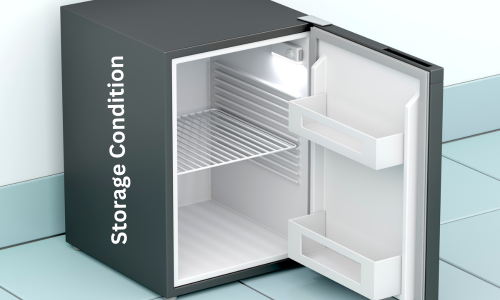10 Useful Tips for Temperature Mapping of Storage Area
1. Start by identifying the areas in the storage facility that need to be temperature mapped. This could include refrigerators, freezers, cold rooms, or any other specific areas where temperature control is critical.
2. Determine the appropriate temperature range for each area based on the specific requirements of the stored items. This could vary depending on the type of product being stored, such as vaccines, pharmaceuticals, or food items.
3. Install temperature sensors or data loggers in strategic locations within each mapped area. These sensors should be placed in areas that are representative of the overall temperature conditions within the space.
4. Ensure that the sensors are properly calibrated and validated before starting the mapping process to ensure accurate and reliable measurements.
5. Set up a data monitoring system to continuously record and monitor temperature readings from all sensors in real-time. This can be done using specialized software or cloud-based platforms.
6. Conduct a pre-mapping study to establish baseline temperature conditions in each area before introducing any stored items. This will help identify any existing hotspots or areas with poor temperature control.
7. Introduce representative loads into each mapped area to simulate real-world storage conditions. These loads should be similar to what will typically be stored in those areas and should fill up a significant portion of the available space.
8. Monitor and record temperature readings at regular intervals over an extended period (e.g., 24 hours) to capture variations in temperature throughout different times of day and under different operating conditions.
9. Analyze the collected data to identify any potential deviations from the desired temperature range and determine if there are any areas within the storage facility that require corrective actions or adjustments.
10. Develop a comprehensive report summarizing all findings from the mapping exercise, including any identified issues or recommendations for improvements in temperature control measures within the storage facility.
Read also: Different Types of Stability Studies in Pharmaceutical Industry
Resource Person: Ershad Moradi


